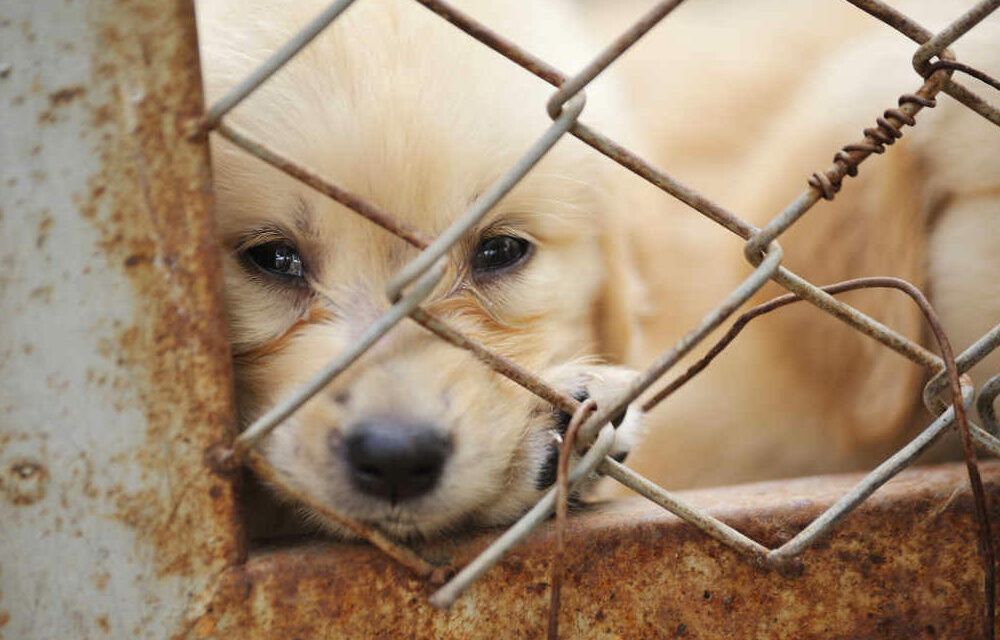Home Alone: How Much Time Can Your Dog Spend by Itself?

The COVID-19 pandemic saw millions of Americans working at home all day, leading many to adopt a dog or other pet. Now that offices are beginning to turn the lights back on, there’ll be a new batch of stay-at-home dogs joining the pooches who spent years knocking around empty homes and apartments in the pre-pandemic era.
While most of us would probably prefer to continue to stay home with our dogs all day, that’s not how the world works. So, many dogs will wind up hanging out by themselves while we’re at work, school or wherever. This isn’t necessarily bad but there are limits to how much time dogs should be expected to spend by themselves.
The most obvious considerations are physical: dogs need to eat, pee and poop. There are also psychological factors; dogs are social creatures who evolved as members of a pack. We’re their pack now and they need to spend time with us.
All this brings us back to the question of how much time a dog should be shut up alone while we’re at work, commuting to and from work and running any errands along the way. It’s not hard for all of this to add up to 10 to 12 hours or even more.
And that, to be blunt, is too much, many experts say. “Here’s the thing, and I won’t pull any punches: 10 to 12 hours is too long for a dog to be alone in a single stretch,” said Nancy Tucker in a recent issue of Whole Dog Journal.
There are no hard-and-fast answers to the question and it’s hard to find any rigorous academic studies. But, like Tucker, most experts agree that being alone for long periods is not something dogs enjoy.
Social animals
“Dogs are social animals, and they form strong attachments to their humans. Selection pressures on domestic dogs have favored the ‘hypersociability’ gene. Dogs don’t just tolerate human presence; they actively seek it out,” said Jessica Pierce, Ph.D., author of All Dogs Go To Heaven, writing in Psychology Today.
“It’s safe to say that companion dogs need social closeness with humans, and deprivation of this contact poses welfare concerns. Many dogs are stressed when left alone. Levels of cortisol in the blood increase, and sometimes spike, the entire time the dog is alone. Dogs certainly experience loneliness, and loneliness is painful,” Pierce writes. “Ideally, then, we shouldn’t leave our dogs alone much at all.”
Tucker, a certified master trainer in Quebec, Canada, agrees.
“Dogs are social animals and should have the opportunity to interact with people at least several times a day, and with other dogs on occasion, if this is something they enjoy,” says Tucker, who is also not a fan of leaving dogs confined to crates while their owners are away.
Pet parents often resort to crates after their dogs start causing trouble when left alone but Tucker says this is self-defeating.
“There’s often a comparison drawn between crates and ‘dens’ – that somehow a small enclosed space should instinctively make a dog feel relaxed and safe because it resembles a den. However, dogs are not ‘den animals’ at all. And even if they were, they would be able to leave their dens whenever they please, which isn’t the case with crates,” she said.
Four hours is about it
Considering the lack of randomized clinical studies, there’s surprising consensus among experts that four hours or so is about the maximum length of time that most dogs are comfortable being by themselves. Puppies, obviously, need more attention because of their immature bladders and the need for intensive socialization.
The easy answer to the question is also the obvious one — hire a dog-walker to come and interact with your dog at least once a day. If you are gone for more than eight hours, two visits would be better, though admittedly more expensive.
Other options include finding someone to live in your home and acting as a companion to your dog or boarding the dog at an upscale pet spa on a daily basis.
The ideal answer for those who are frequently away from home for long hours? Don’t have a dog. No matter how much you love dogs, leaving one home alone day in and day out is not a kindness.
An earlier version of this story appeared on Parktrot, a Los Angeles pet site.
